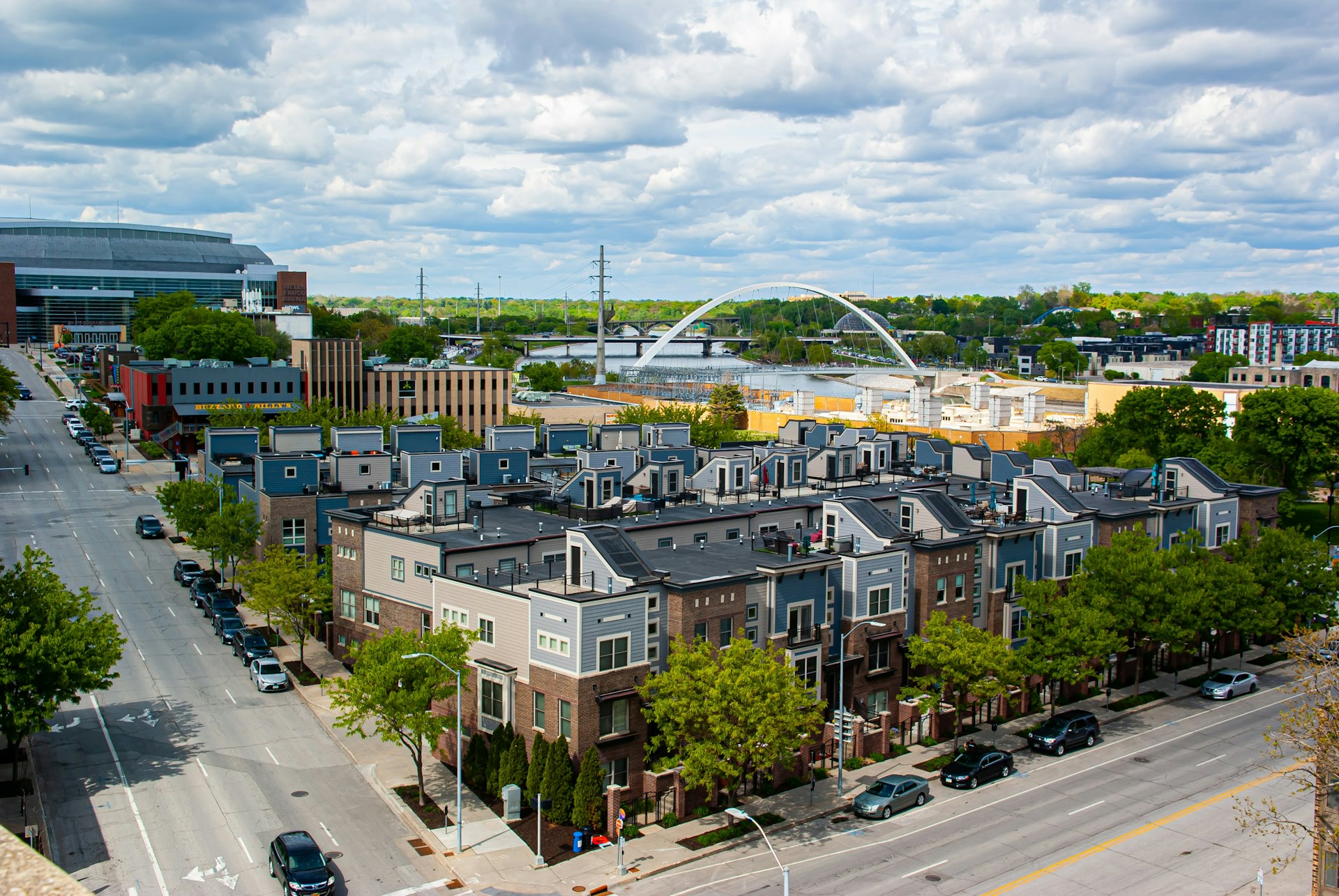
Explore unseen struggles in Des Moines where residents face challenges like mental health, economic hardship, and inequality, driving resilience and change.
Des Moines, Iowa, is a city of vibrant energy, cultural richness, and community spirit, but beneath its surface, residents often face challenges that go unnoticed by the outside world. These quiet battles—personal struggles with mental health, economic hardship, safety concerns, and systemic inequalities—shape daily life in ways that don’t always make headlines.
While Des Moines is known for its low crime rate, strong economy, and civic pride, the city’s residents navigate a range of invisible struggles that require resilience, support, and systemic change.
The Weight of Mental Health Struggles
In Des Moines, mental health is a silent but significant battle for many. The pressures of modern life—job insecurity, family responsibilities, and seasonal isolation during harsh Iowa winters—can take a toll. According to stats, approximately 20% of adults in Iowa reported symptoms of anxiety or depression in 2024, a figure that mirrors national trends but feels more acute in a city where rural and urban dynamics intersect.
For residents, the stigma around seeking help can prevent individuals from accessing care, leaving them to fight loneliness, stress, or trauma in isolation.
The city’s community centers, like the Des Moines Public Library, offer free counseling sessions, and organizations provide support groups, but awareness and access remain barriers. Winter months, with their short days and heavy snowfall, exacerbate these issues, as residents report feeling cut off from social networks, intensifying feelings of hopelessness.
Economic Hardship Amid Growth
Des Moines is often celebrated for its economic vitality, with a 2024 unemployment rate of 3.2% and growth in sectors like finance, insurance, and agriculture. However, not all residents share in this prosperity. Low-wage workers in service industries, such as those at the Iowa State Fair or local restaurants, face stagnant wages and rising costs of living. The U.S. Census Bureau reported in 2023 that 11% of Des Moines households live below the poverty line, a figure that climbs higher in certain ZIP codes.
These economic battles are quiet but persistent. A family in the River Bend neighborhood might struggle to pay rent while balancing childcare and utility bills, while a recent college graduate at Principal Financial Group contends with student debt and entry-level pay. The city’s affordable housing initiatives help, but waitlists for subsidies can stretch to months. Food insecurity also lingers, with the Des Moines Food Bank serving over 50,000 people annually, many of whom are employed but unable to make ends meet.
Safety Concerns in a Low-Crime City
Des Moines is statistically safer than many U.S. cities, with a violent crime rate of 398.5 per 100,000 residents in 2020, according to FBI data, lower than the national average. Yet, safety remains a quiet concern for some. Recent cases highlight vulnerabilities, such as the 2023 shooting at Starts Right Here, an educational program for at-risk youth, where two students were killed and the founder seriously injured in a gang-related incident.
Police reports noted 22 homicides in the metro area the previous year, with 17 in Des Moines alone, often tied to disputes or domestic violence.
Systemic Inequalities and Access to Resources
Systemic inequalities create additional quiet battles in Des Moines, particularly for marginalized groups. Racial disparities persist, with Black residents, who make up 11% of the population, experiencing higher poverty rates and lower homeownership rates than white residents.
The 2020 protests following George Floyd’s death, documented by AP News, brought attention to policing practices, with activists pushing for a ban on racial profiling, which the Des Moines City Council later adopted. However, implementation and trust remain ongoing challenges.
Access to healthcare and education also varies. Rural areas surrounding Des Moines, like those in Polk County, face doctor shortages, while urban residents might struggle with transportation to medical appointments.
This is where legal support becomes crucial when these battles escalate. For residents facing eviction, workplace discrimination, or the aftermath of a violent incident, resources like legal experts for personal injuries from Des Moines offer valuable guidance.
Their attorneys assist with cases involving personal injury, housing disputes, or civil rights violations, ensuring that individuals can navigate complex legal systems and secure fair outcomes.
Community Responses and Individual Strength
Des Moines’ community plays a vital role in supporting those fighting these battles. Local nonprofits, such as the Iowa Legal Aid and the Des Moines Area Religious Council, offer free legal clinics, food pantries, and housing assistance, serving thousands annually.
Schools and employers, like those in the insurance sector, provide employee assistance programs and wellness initiatives, recognizing the toll of these unseen challenges.
Individuals also show remarkable strength. A single mother in Highland Park might take night classes to improve her job prospects, while a veteran in Beaverdale finds solace in peer support groups at the VA Central Iowa Health Care System.
These efforts, often unnoticed, build a network of resilience that counters despair. The city’s cultural events foster community cohesion, offering spaces where people can connect, share experiences, and find hope.
Toward Greater Awareness and Support
Policymakers can expand mental health funding, as proposed in the 2025 Iowa state budget, which allocates an additional $5 million to community mental health centers. Employers can offer flexible work arrangements to ease economic pressure, while community leaders can advocate for equitable policing and education policies to reduce systemic disparities.
For individuals, awareness is key. Recognizing signs of mental distress, seeking help from resources like NAMI Iowa, or connecting with neighbors through local events can break the isolation that amplifies these struggles. Data shows that community-led initiatives, such as neighborhood watch programs and youth mentoring, have reduced crime rates in high-risk areas by 10% over two years, demonstrating the power of collective action.
Conclusion
Des Moines’ quiet battles are real, but so is its capacity for change. By supporting one another, leveraging resources, and addressing systemic issues, the city can ensure that these struggles don’t remain invisible.
Each resident who overcomes a challenge, each community that rallies, adds to Des Moines’ reputation as a place where resilience thrives, even in the shadows of adversity. The path forward is clear: acknowledge the battles, strengthen the supports, and build a city where no one fights alone.
Was this news helpful?







 Yes, great stuff!
Yes, great stuff! I’m not sure
I’m not sure No, doesn’t relate
No, doesn’t relate



